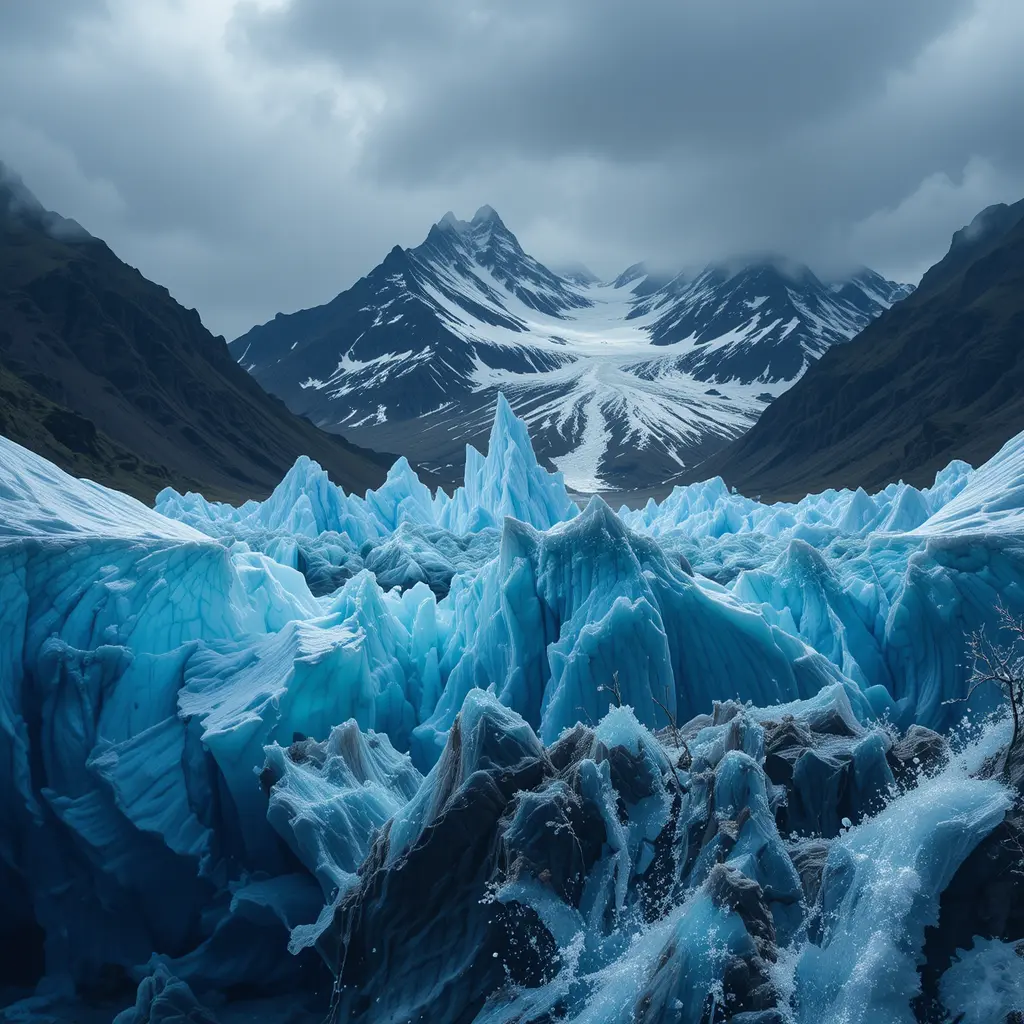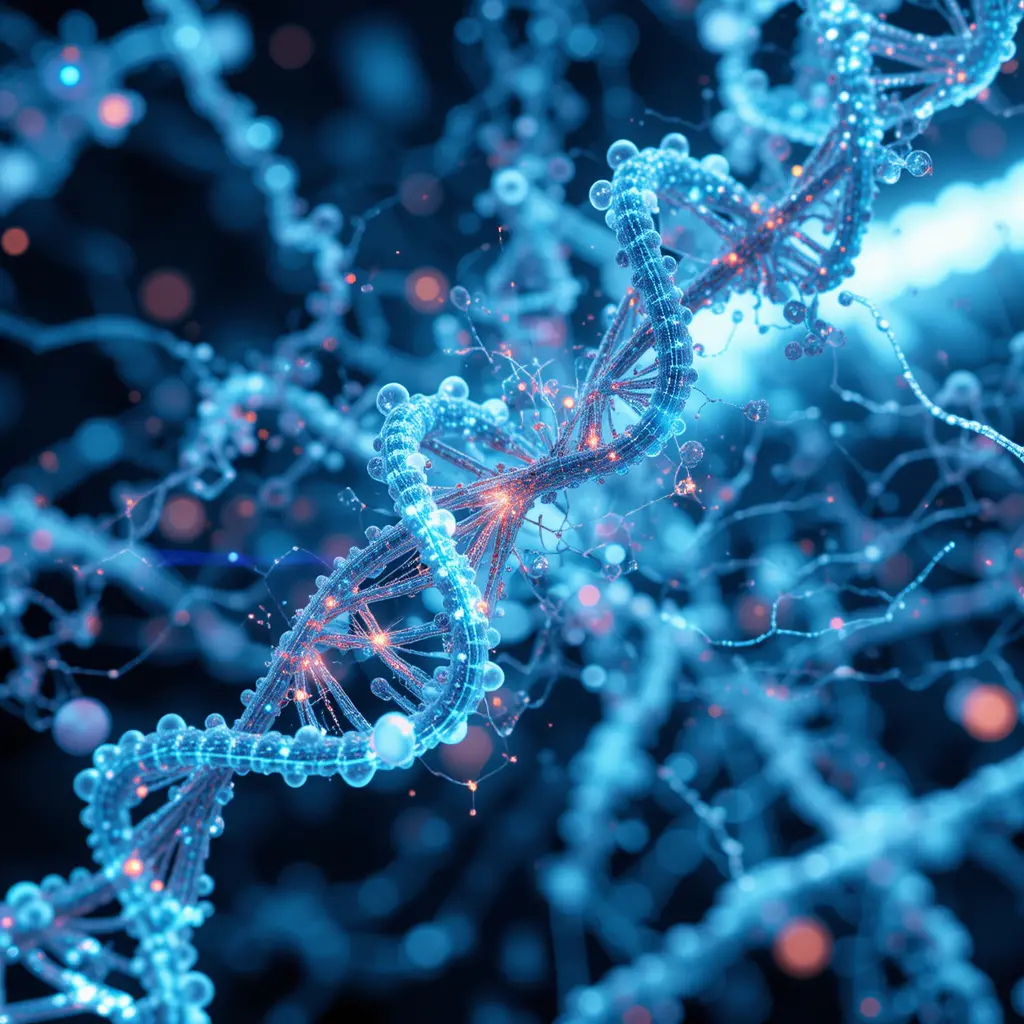Water, a vital resource for life, is undergoing significant changes due to climate change. This transformation affects global water systems, altering patterns of rainfall, river flows, and ocean currents. As temperatures rise, glaciers melt, and sea levels increase, the availability and distribution of water resources shift dramatically. These changes pose challenges for agriculture, drinking water supply, and ecosystems worldwide. Understanding how climate change reshapes our water systems is crucial for developing strategies to adapt and ensure a sustainable future.
Understanding Climate Change and Its Global Impact
Climate change is a topic that often sparks intense discussions. It affects every corner of our planet, altering weather patterns and impacting ecosystems. As a climate scientist, I have witnessed firsthand the profound changes in our global water systems. These changes are not just numbers on a graph; they are real and tangible, affecting communities worldwide.
Understanding the Global Impact
Imagine a world where rivers run dry and lakes shrink. This is not a distant future scenario; it is happening now. In my travels, I have seen communities in arid regions struggle as their water sources dwindle. The impact of climate change on global water systems is undeniable. It disrupts the delicate balance of our environment, leading to more frequent droughts and floods.
One example that stands out is the shrinking of the Aral Sea. Once one of the largest lakes in the world, it has drastically reduced in size due to climate change and human activities. This has devastated local fisheries and altered the climate of the region. Such examples highlight the urgent need for action.
As we delve deeper into the effects of climate change, it becomes clear that water systems are at the forefront. The melting of glaciers, for instance, contributes to rising sea levels, threatening coastal communities. I often think about the people living in these areas, facing the loss of their homes and livelihoods. It is a stark reminder of the human cost of climate change.
In conclusion, understanding climate change and its global impact is crucial. It is not just an environmental issue; it is a human one. We must act now to protect our planet and its precious water resources. The future of our global water systems depends on it.
How Climate Change Affects Water Availability
Climate change is reshaping our planet in profound ways, and one of the most critical areas affected is water availability. As a climate scientist, I often reflect on how these changes impact not just ecosystems, but also human lives. Water, a fundamental resource, is becoming increasingly scarce in some regions while causing devastating floods in others.
Shifting Rainfall Patterns
One of the most noticeable effects of climate change is the alteration of rainfall patterns. In my travels to various parts of the world, I’ve witnessed firsthand how some areas experience prolonged droughts, while others face intense rainfall. For instance, in California, prolonged dry spells have led to severe water shortages, affecting agriculture and daily life. Meanwhile, in Southeast Asia, excessive rainfall has resulted in frequent flooding, disrupting communities and economies.
Melting Glaciers and Rising Sea Levels
Another significant impact is the melting of glaciers, which contributes to rising sea levels. This phenomenon threatens coastal communities and freshwater supplies. I recall visiting the Andes, where local farmers expressed concerns about the shrinking glaciers that once provided a steady water source for their crops. This change not only affects their livelihoods but also the delicate balance of local ecosystems.
In conclusion, climate change is undeniably transforming global water systems. The impact is evident in altered rainfall patterns and melting glaciers, both of which pose challenges to water availability. As we continue to study these changes, it is crucial to develop strategies to adapt and mitigate their effects, ensuring a sustainable future for all.
The Role of Climate Change in Water Quality Degradation
Climate change is reshaping our world in many ways, and one of the most pressing issues is its impact on water quality. As a climate scientist, I have witnessed firsthand how rising temperatures and changing precipitation patterns are affecting our water systems. This transformation is not just a distant threat; it is happening now, altering the very essence of water that sustains life.
How Climate Change Affects Water Quality
Climate change influences water quality through various mechanisms. For instance, increased rainfall can lead to more runoff, carrying pollutants into rivers and lakes. I remember visiting a small town where heavy rains had washed fertilizers from nearby farms into the local river, turning it into a murky, polluted stream. This is a vivid example of how climate change can degrade water quality.
Moreover, higher temperatures can cause water bodies to warm, promoting the growth of harmful algal blooms. These blooms can produce toxins that are dangerous to both humans and wildlife. I once spoke with a fisherman who had to stop fishing in his usual spot because the water was teeming with algae. His livelihood was directly impacted by these changes, highlighting the real-world consequences of climate change.
Personal Reflections on the Issue
In my opinion, addressing the impact of climate change on water quality requires urgent action. We need to implement strategies that reduce pollution and manage water resources more sustainably. It’s not just about preserving the environment; it’s about protecting communities and ensuring a safe water supply for future generations. The challenge is immense, but with collective effort, we can mitigate the effects of climate change on our global water systems.
Adapting to Climate Change: Strategies for Water Management
Adapting to climate change is a pressing challenge, especially when it comes to managing our precious water resources. As a climate scientist, I often reflect on how communities worldwide are grappling with these changes. The impact of climate change on global water systems is profound, altering rainfall patterns and increasing the frequency of extreme weather events. This transformation demands innovative strategies to ensure water availability and quality.
Innovative Water Management Strategies
One effective strategy is the implementation of rainwater harvesting. In regions like Rajasthan, India, traditional methods of collecting rainwater in tanks have been revitalized. These systems not only provide water during dry spells but also foster a sense of community resilience. I remember visiting a village where the locals proudly showed me their rainwater tanks, a testament to their adaptability.
Another approach is the use of desalination technology. Countries like Israel have turned to desalination to meet their water needs. While this method is energy-intensive, it offers a reliable source of freshwater. I believe that with advancements in renewable energy, desalination could become more sustainable and accessible.
Community Involvement and Education
Community involvement is crucial in adapting to climate change. Educating people about water conservation can lead to significant changes in behavior. I once participated in a workshop where farmers learned about efficient irrigation techniques. The enthusiasm and willingness to learn were inspiring, and it reminded me of the power of knowledge in driving change.
In conclusion, adapting to climate change requires a multifaceted approach. By combining traditional knowledge with modern technology and fostering community engagement, we can develop effective water management strategies. The journey is challenging, but with determination and innovation, we can secure our water future.
Conclusion
As we reach the conclusion of our exploration into “Climate Change: Transforming Global Water Systems Forever,” it’s clear that the impact is profound and far-reaching. The changes we observe today are not just numbers on a graph; they are real, tangible shifts affecting communities worldwide.
Reflecting on the Changes
In my years as a climate scientist, I’ve witnessed firsthand how climate change reshapes our water systems. I recall visiting a small village where the river, once a lifeline, had dwindled to a trickle. The villagers spoke of how their lives had changed, their crops failing, and their children walking miles for water. This is not just a story; it’s a reality for many.
These experiences remind us that the issue is not distant or abstract. It’s happening now, affecting people and ecosystems. The melting glaciers, rising sea levels, and altered rainfall patterns are all part of this transformation. We must acknowledge that our actions today will shape the future of our planet’s water systems.
Our Role Moving Forward
As individuals and communities, we have a role to play. While the challenge is daunting, there is hope. By embracing sustainable practices and supporting policies that address climate change, we can mitigate its impact. It’s about making choices that prioritize the health of our planet and its water systems.
In conclusion, “Climate Change: The Impact on Global Water Systems” is a call to action. It’s a reminder that we are all connected by the water we share. Let’s work together to ensure that future generations inherit a world where water is abundant and life-sustaining.






